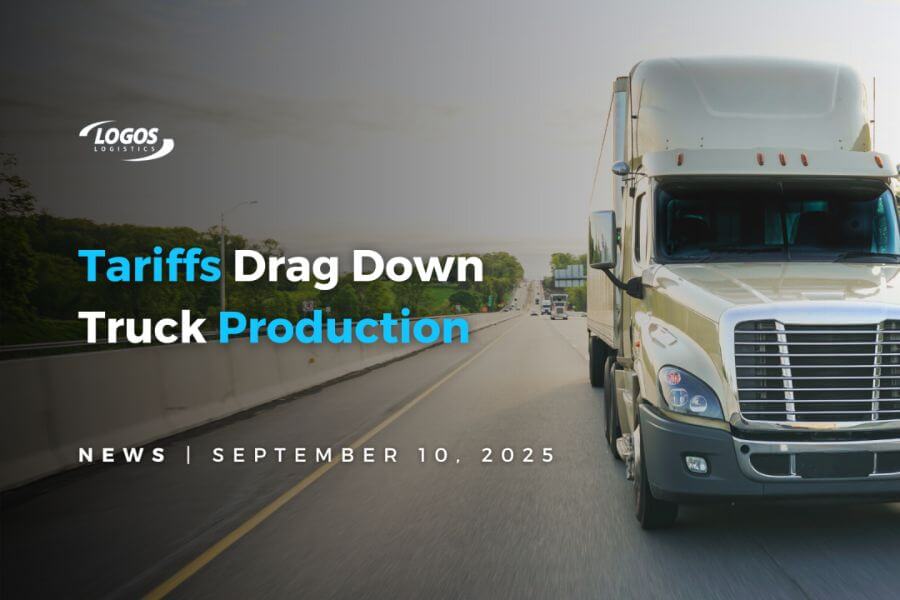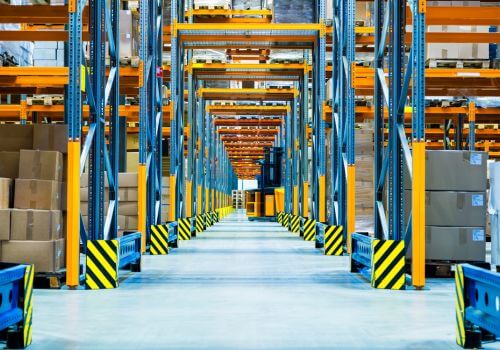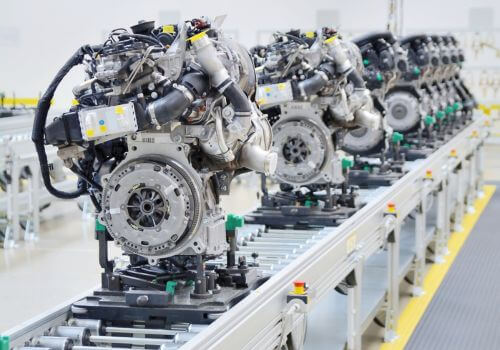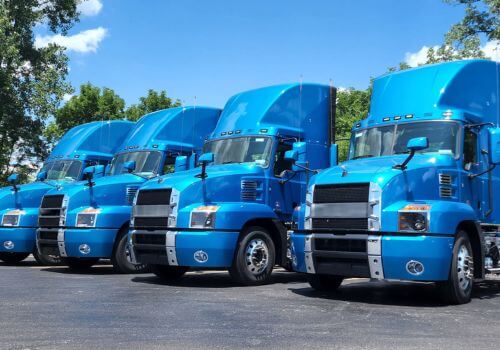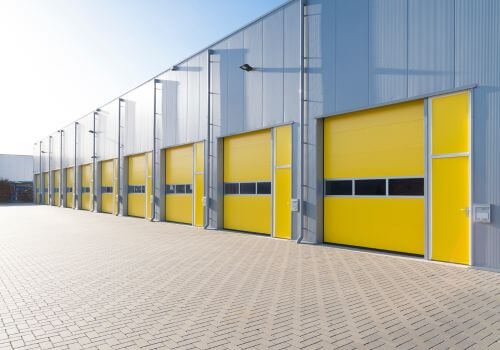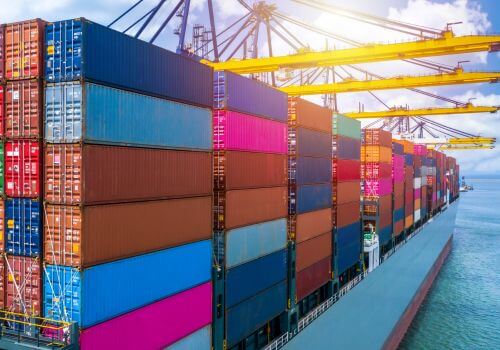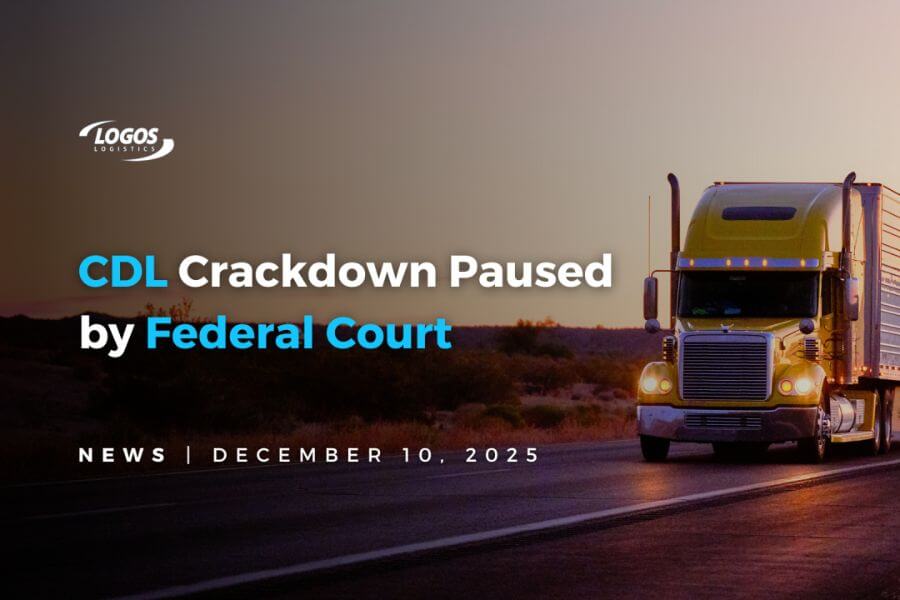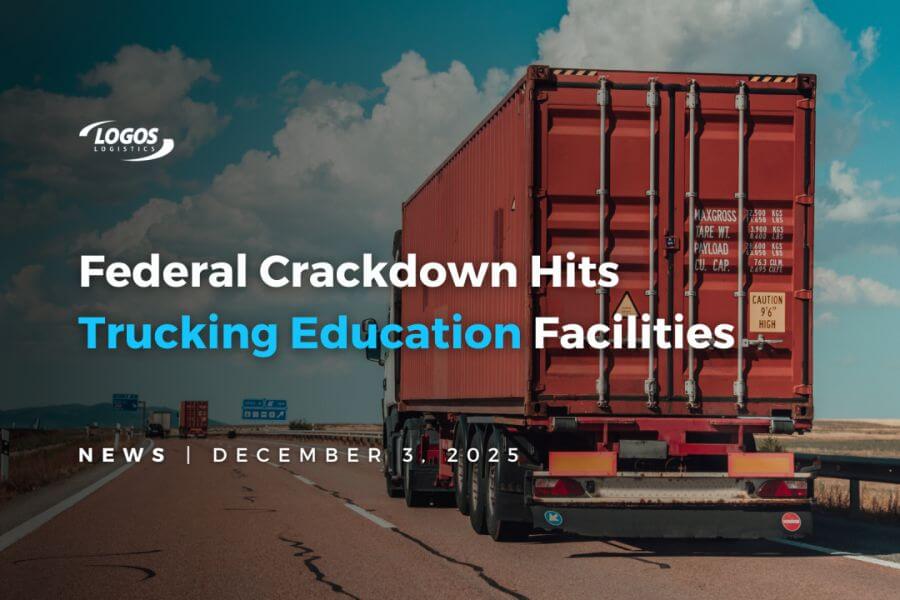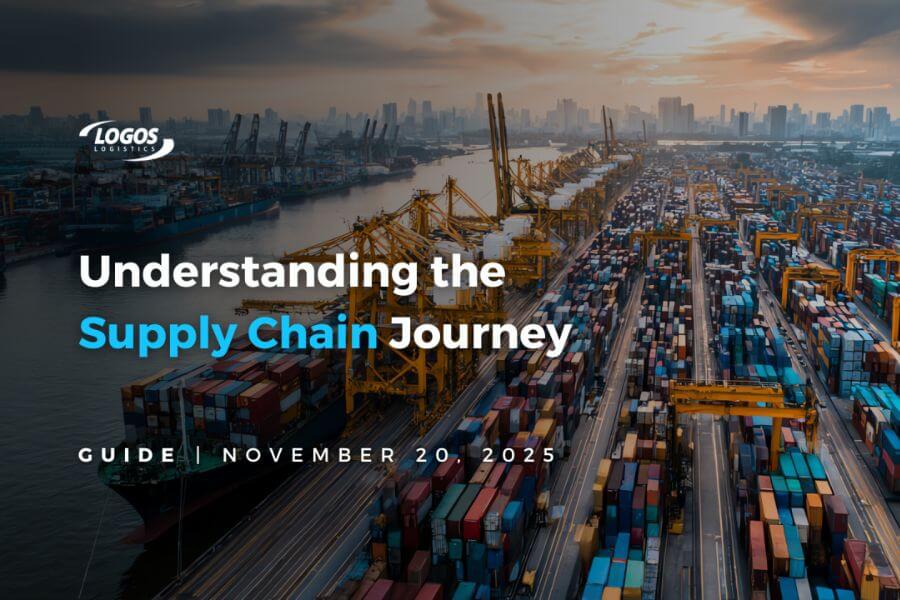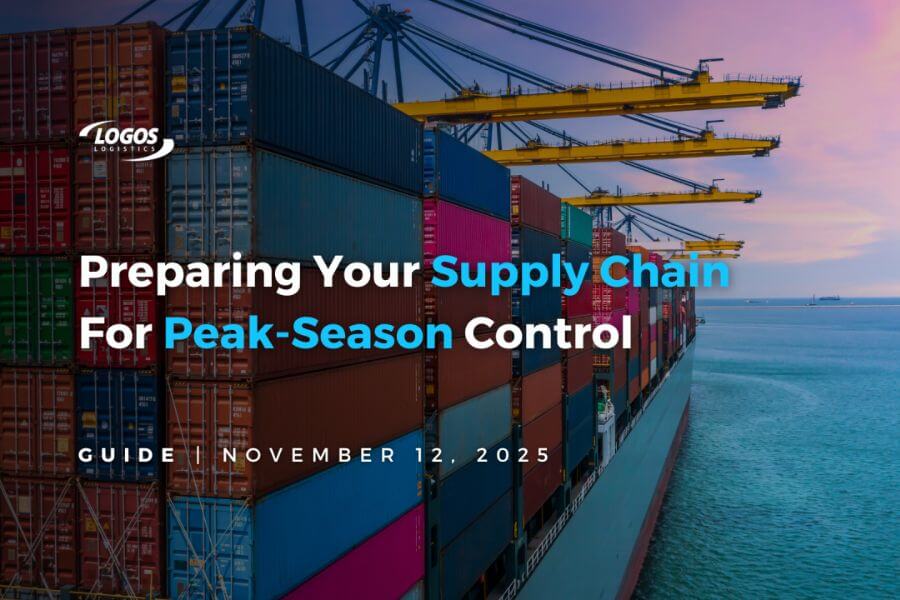North American Class 8 truck production is projected to slide further in 2025 and into 2026 as tariffs and trade uncertainty weigh on the market, according to FTR Transportation Intelligence.
The forecasting firm now expects 2025 factory shipments to reach 247,000 units — a sharp downgrade from the 288,000 forecast made just a year ago. “Fleet confidence is eroding … and subsequently the freight recovery is being pushed back, really into the second half of 2026, [then] improving in 2027, due to tariffs and uncertainty,” said Dan Moyer, FTR’s senior analyst for commercial vehicles, during the company’s transportation conference in Indianapolis on Sept. 8.
Moyer pointed to a “weak freight demand, weak demand for [commercial vehicles] that we’re seeing, and excess inventory” as defining features of the current market. Third-quarter 2025 output is expected to total 58,000 trucks, while production is forecast to fall further to 49,000 in the fourth quarter.
FTR Chairman Eric Starks said the problem isn’t tariffs alone, but the instability they generate. “Tariffs aren’t inherently destructive, but it’s the uncertainty that keeps people on the sidelines,” Starks said on Sept. 9.
Tariffs on trucks and parts under review
The Trump administration imposed a 25% tariff on steel and aluminum in February, doubling the rates in June, and has since extended levies to semiconductors, copper and fabricated components. The Department of Commerce is now weighing whether to apply tariffs directly to medium- and heavy-duty trucks and parts built overseas.
Moyer said he believes those measures are inevitable. “I’m almost 100% certain those are going to be implemented,” he said. “Why else would they be investigating it? … If I had to guesstimate what level they’d be set at, they would probably mirror the Section 232 tariffs on imported cars and trucks, or light vehicles, which are around 25%. So, they would have a material impact on the industry.”
Section 232 tariffs, authorized under the 1962 Trade Expansion Act, cannot be reversed by legal challenge. Other tariffs imposed by the Trump administration are still being contested in the courts, but Moyer noted that Section 232 measures are insulated from such appeals.
Rising costs, factory layoffs
Tariffs have already driven up production costs. Prices for trucks began climbing in May as manufacturers absorbed higher steel and aluminum costs alongside rising prices for rubber and tires. Moyer estimates that the overall cost of building a Class 8 truck has increased between 15% and 24% since the start of 2025, with raw material costs alone up 9% to 12%. Non-USMCA tariffs added 2% to 4% to costs, while 30% tariffs on Chinese goods, plus reciprocal measures, drove increases in a similar range.
The combination of higher costs and hesitant customers has led OEMs to cut staff. Volvo Group and International Motors began layoffs in April, followed by Daimler Truck North America in July. DTNA told Transport Topics that employees would not be rehired until the demand outlook improves — a position that remains unchanged since the initial announcement.

